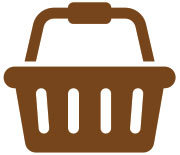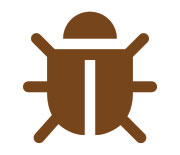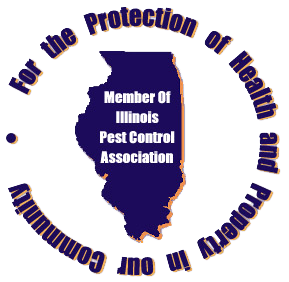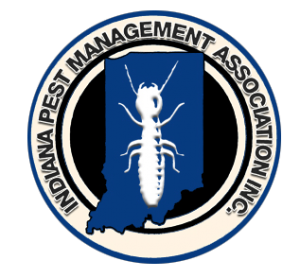Bedbugs are tiny, reddish-brown nocturnal pests, and have become a growing concern for homeowners and travelers alike. These blood sucking insects are notorious for causing discomfort and stress due to their ability to infest homes, hotels, and other dwellings. Throughout this blogpost, we will discuss their biology, signs of an infestation, and steps to prevent future infestations. Understanding Bedbugs Bedbugs are small, wingless insects that feed exclusively on blood. They are skilled hitchhikers, often latching onto luggage, clothing, or other personal belongings to infiltrate new environments. Despite their name, these pests are not…
continue reading →








